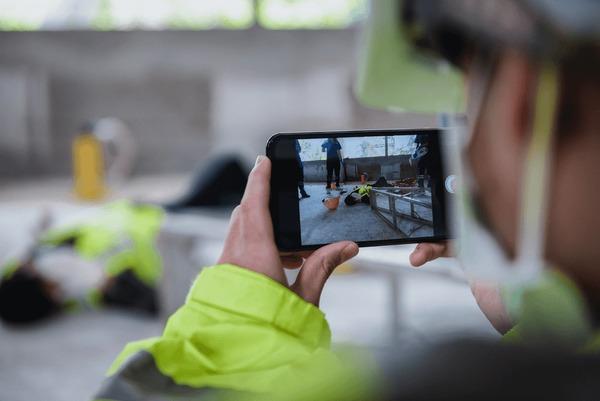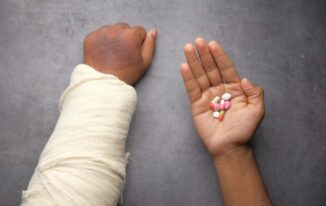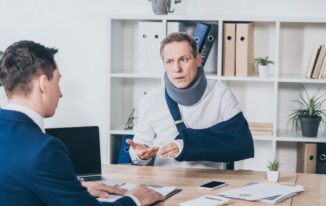
When you’re injured due to someone else’s negligence, gathering the right evidence is crucial to securing fair compensation. If you’re seeking support for filing a personal injury lawsuit, understanding how evidence influences your case can significantly impact your chances of success.
Why Evidence Matters
Evidence is the backbone of any personal injury claim. Without it, your argument lacks credibility and weight. Whether it’s a car accident, slip and fall, or workplace injury, the court or insurance adjuster relies on evidence to determine liability and assess damages.
Strong evidence can shorten the negotiation process. It can also increase the value of your claim since the opposing party will see the risk of going to trial without settlement.
Types of Evidence You Need
1. Medical Records
Medical records are the first line of proof in a personal injury case. They link your injuries directly to the accident. Emergency room reports, doctor’s notes, x-rays, MRI scans, and therapy records show the extent of your injuries.
Ensure you follow through with all recommended treatments. Gaps in treatment can weaken your claim, as insurance companies may argue that you are exaggerating or that your injuries healed earlier than stated.
2. Photographs and Videos
Visual evidence is powerful. Photos of your injuries immediately after the incident, damage to vehicles, accident scenes, or hazardous conditions provide undeniable proof. Videos, including surveillance footage or dash cam recordings, can show exactly how the accident occurred, leaving little room for dispute.
3. Witness Statements
Independent witnesses can strengthen your case. Their statements offer unbiased accounts of the incident. Get their contact information at the scene if possible. Eyewitness testimony often plays a vital role in contested liability cases, such as car accidents at intersections or slip and falls in public places.
4. Police or Incident Reports
For car accidents and some workplace injuries, official reports are crucial. A police report contains facts recorded by law enforcement, including citations issued, observations at the scene, and statements from involved parties.
In premises liability or workplace incidents, an incident report filed with the store, company, or manager serves a similar purpose. These reports document what happened soon after the event, providing a reliable timeline and context.
5. Expert Opinions
Some cases require expert testimony. For example, medical experts can explain how the injuries occurred and how they will impact your life. Accident reconstruction experts can recreate the scene to demonstrate fault. Economic experts may calculate future medical expenses or lost earning capacity due to your injury.
Their objective analysis carries significant weight in court, especially when liability is disputed.
How Evidence Establishes Liability
Evidence helps prove negligence, which is the foundation of a personal injury claim. You must show:
- The other party owed you a duty of care.
- They breached that duty.
- The breach caused your injuries.
- You suffered damages as a result.
For instance, in a slip and fall case, photos showing a wet floor without warning signs can prove the property owner failed to maintain safe conditions, breaching their duty of care.
How Evidence Determines Compensation
Evidence doesn’t just prove fault; it also establishes the value of your claim. Medical bills, therapy receipts, and records of missed workdays prove financial losses. Testimonies about pain, suffering, and loss of enjoyment of life support claims for non-economic damages.
When evidence clearly shows severe injuries, permanent disability, or reduced quality of life, it can lead to higher compensation offers.
Preserving Evidence Immediately
It’s important to collect evidence as soon as possible after an accident. Memories fade, injuries heal, and physical evidence can be cleaned or repaired. Here are steps to preserve evidence effectively:
- Take photos and videos immediately.
- Keep a detailed journal of pain levels, symptoms, and how the injury affects your daily life.
- Save all medical bills, prescriptions, and treatment receipts.
- Store damaged clothing or items involved in the incident.
- Request surveillance footage promptly, as many systems overwrite data within days.
Avoiding Mistakes with Evidence
Never post accident details or photos on social media. Insurance adjusters may monitor your profiles to find inconsistencies in your claims. Additionally, avoid giving recorded statements to the other party’s insurance without legal counsel, as these can be used against you.
Seeking Legal Guidance
Even with strong evidence, navigating a personal injury case alone is challenging. An attorney ensures evidence is collected properly and presented persuasively. They can identify expert witnesses and build a comprehensive strategy to maximize compensation.
Final Thoughts
In personal injury cases, evidence can make or break your claim. From proving liability to justifying the damages you seek, its role is unmatched. Ensure you gather and preserve every piece of relevant proof to support your case effectively. With solid evidence and professional guidance, you improve your chances of a successful outcome and fair compensation for your injuries.



